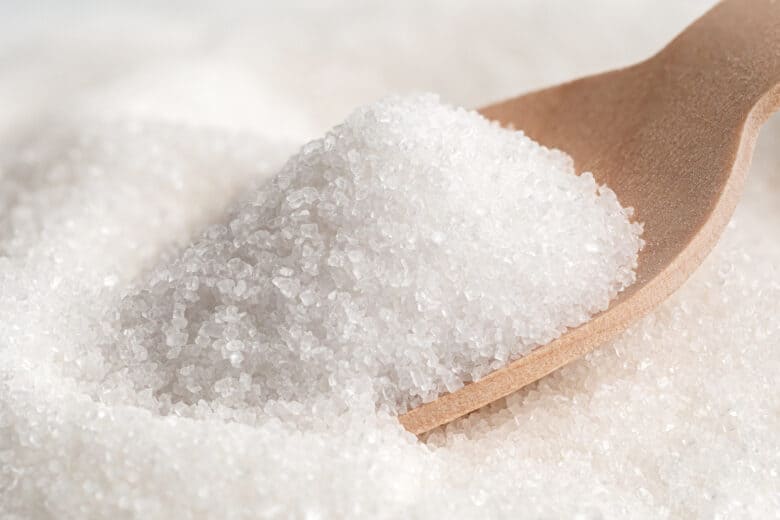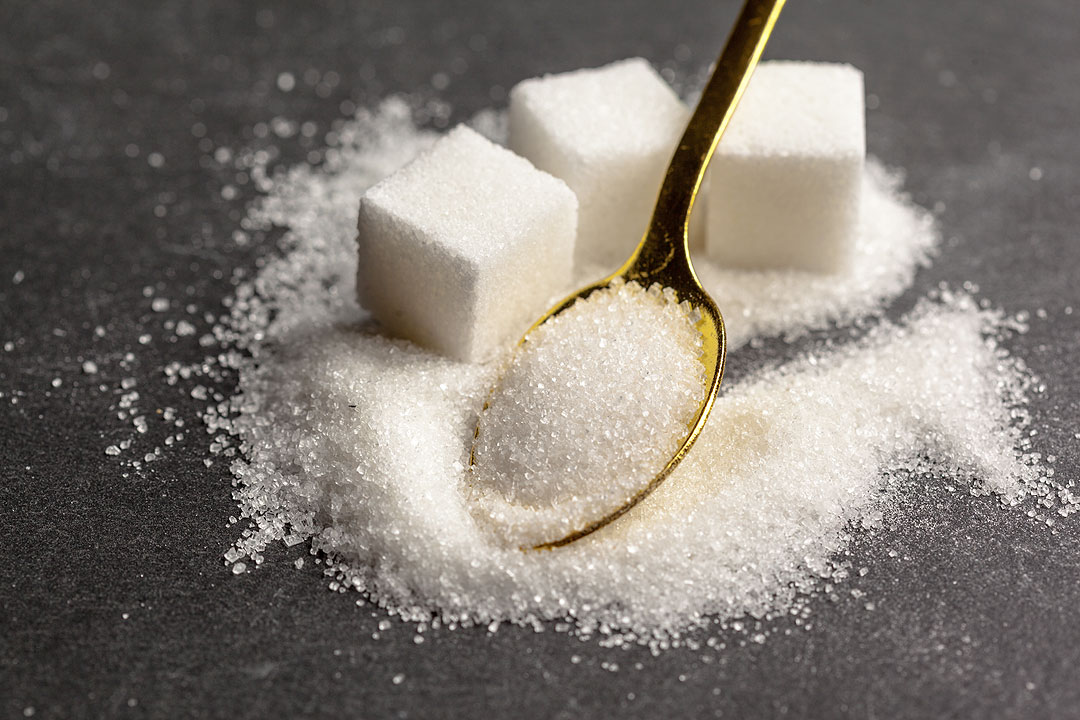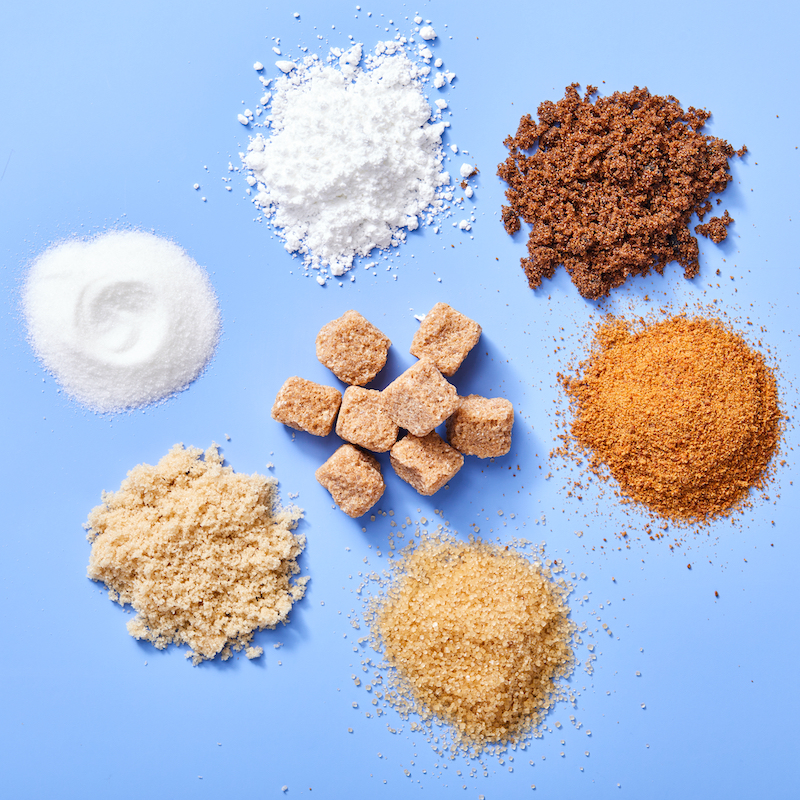Sugar Bowl Ski - Exploring Sweetness
Ever wonder what really goes into that sweet taste we all know? Well, today we are going on a kind of exploration, a gentle glide through the facts about sugar, almost like a sugar bowl ski adventure, if you will. It's a way to look closely at something so common, yet so often misunderstood, you know?
This journey through the sugar bowl ski of information will touch on the various forms sugar takes, from the very simplest bits to more complex arrangements. We will, in a way, uncover some basic truths about what sugar is made of and how it comes to be on our tables, which is interesting, I think. It is, perhaps, a chance to think about our daily habits and how they fit into the bigger picture of staying healthy, like, basically, just seeing where things stand.
We will also get into how much sugar might be too much for us, and what that can mean for our well-being. This discussion, you see, aims to provide a clearer picture of sugar's role in our daily routines, helping us make more informed choices about our sweet consumption, which is pretty important for everyone.
Table of Contents
- What is Sugar, Really, in a Sugar Bowl Ski of Knowledge?
- How Does Too Much Sugar Impact Our Health on the Sugar Bowl Ski Slopes?
- Where Does Sugar Come From, Anyway, for Our Sugar Bowl Ski Adventures?
- Are All Sugars the Same When We Think About Sugar Bowl Ski?
What is Sugar, Really, in a Sugar Bowl Ski of Knowledge?
When we talk about sugar, we are, in some respects, talking about a few different things, you know? There are, for instance, what we call simple sugars. These are, basically, individual sugar units, very basic building blocks of sweetness. They are also known by a more formal name, monosaccharides, which just means they are single sugar molecules, pretty much like tiny, sweet, stand-alone pieces.
Among these simple sweet bits, we find a few familiar names. There is glucose, for example, which is often called blood sugar because it is the main sugar found in our blood. Then there is fructose, which you often find in fruits, giving them their natural sweetness. And, of course, there is galactose, a sugar that is part of milk sugar, so, it is often found in dairy products. These three, glucose, fructose, and galactose, are the main players when we think about those very simple sugar forms, you know, the ones that are just one unit.
Simple Sweet Bits – The Monosaccharides in Your Sugar Bowl Ski
So, to expand on those simple sugar pieces, consider glucose. It is, in a way, the body's go-to source for quick energy, pretty much what our cells use first for fuel. When you eat foods with carbohydrates, your body works to break them down into glucose, which then gets into your bloodstream. It is, basically, how your body powers itself, so, it is a rather important little molecule.
- Great Wolf Lodge Lagrange Ga
- Lime Lush Boutique
- Marcus La Crosse Cinema
- Newport Vineyards
- Bouldering Project Brooklyn
Fructose, on the other hand, is that sugar that makes berries and apples taste so good, you know? It is a natural part of many plants. While it is also a simple sugar, your body processes it a little differently than glucose, mostly in the liver. This difference in how it is handled can, perhaps, be something to keep in mind when thinking about how different sugars affect us, you know, in the long run.
And then there is galactose. This one is not often found by itself in foods. It usually links up with glucose to make lactose, which is the sugar in milk. So, if you have ever had a glass of milk, you have, in a way, been introduced to galactose. It is, in essence, a key component in dairy products, playing its part in the sweetness you find there, like, when you enjoy a yogurt or some cheese.
Compound Sweet Bits – The Double Sugars We Encounter
Beyond the simple units, we also have what are called compound sugars. These are, basically, larger molecules made up of two simple sugar units that are joined together. People also call them disaccharides, or sometimes, just double sugars, because they are, in effect, two simple sugars bonded, you know, connected. This connection changes how your body handles them a bit, as they need to be broken down before your body can use them.
A very common example of a compound sugar is sucrose, which is what we often call table sugar. Sucrose is made when a glucose molecule and a fructose molecule join hands, so to speak. This is why table sugar, the white stuff you might put in your coffee, has that particular sweetness. It is, in fact, a combination of those two simple sugars working together to create a different kind of sweet experience, you know, a more complex one.
Another well-known double sugar is lactose, which we just touched on. Lactose is formed from glucose and galactose. This is, as a matter of fact, the sugar that gives milk its unique taste. For some people, breaking down lactose can be a bit of a challenge, which is why they might have trouble with dairy products. It is, basically, all about how their body handles that particular double sugar, you know, whether it has the right tools to split it apart.
Maltose is another one, though perhaps less talked about in everyday conversation. It is made of two glucose units joined together. You might find maltose in things like malted beverages or some processed foods. It is, in a way, another example of how simple sugar units can combine to create different types of sweetness with different characteristics, which is pretty neat when you think about it.
How Does Too Much Sugar Impact Our Health on the Sugar Bowl Ski Slopes?
While sugar can be a source of quick energy, especially when you are, perhaps, active, having too much of certain kinds of sugar can be a real concern for our well-being. It is, basically, like anything else; a little bit is fine, but a lot can cause trouble. One of the biggest worries, you know, when it comes to eating too much added sugar, is how it affects our heart and blood flow system.
Too much added sugar, that is, the sugar put into foods and drinks during processing, can be one of the greatest threats to cardiovascular disease. This means it can make it harder for your heart to work well and keep your blood vessels healthy. It is, in a way, a silent issue that builds up over time, so, it is something to really pay attention to if you want to keep your heart in good shape.
The Heart's Connection to the Sweetness
The link between too much added sugar and heart issues is something researchers have looked at quite a bit. When you consume a lot of added sugar, it can lead to things like higher blood pressure, more inflammation in your body, and changes in how your body handles fats. These things, in turn, can put a strain on your heart and your blood vessels, you know, making them work harder than they should.
It is not just about gaining weight, either, though that can be a part of it. The way added sugar affects your body’s chemistry can, in fact, directly contribute to heart problems, even if you are not visibly overweight. So, it is pretty important to be mindful of how much of this type of sugar we are taking in each day, especially if we want to keep our ticker strong and healthy, you know, for the long haul.
Curbing Your Sweet Habits on the Sugar Bowl Ski
Given the concerns, many people look for ways to cut back on their sweet habit. It is, basically, a common goal for those aiming for a healthier way of living. One simple step is to become more aware of where added sugars hide in our foods. They are, in fact, in many items you might not expect, like sauces, dressings, and even some breads, so, reading food labels can be a really helpful first step.
Another approach is to swap out sugary drinks for water or unsweetened options. Things like soda, sweetened teas, and fruit juices with added sugar can contribute a lot of extra sweetness without much nutritional benefit. So, making a simple switch there can, in some respects, make a big difference in your daily sugar intake, which is pretty good for your overall health, you know.
Also, focusing on whole, unprocessed foods helps a lot. Fruits, vegetables, and whole grains naturally contain sugars, but they also come with fiber and other good things that slow down sugar absorption. This is, in a way, a much better way to get your sweet fix, as it provides your body with more than just empty calories, which is something to consider, really.
Sugar's Reputation – A Bittersweet Tale
Sugar, it is fair to say, has a bittersweet reputation when it comes to how people view it. On one hand, it is a source of comfort, a part of celebrations, and it certainly makes many foods taste enjoyable. Think about birthday cakes or a warm cookie; they bring a certain kind of happiness, don't they? So, in that sense, sugar is pretty much woven into our lives in pleasant ways.
On the other hand, with all the talk about health and diet, sugar often gets a bad rap. It is blamed for various health issues, and people are often told to reduce their intake. This creates a kind of tension around sugar, where it is seen as both a delightful treat and a potential problem. It is, basically, a mixed bag of feelings and facts, you know, depending on how you look at it.
This dual nature means that for many, sugar is a topic of ongoing discussion and, sometimes, confusion. People wonder if it is truly bad, or if it is just a matter of how much. It is, perhaps, why getting clear information about sugar is so important, so we can make sense of its place in our diets without feeling too guilty or too carefree about it, which is a good balance to find.
How Much Sugar Should You Eat Per Day for a Sugar Bowl Ski Lifestyle?
Figuring out the right amount of sugar to eat each day can be a bit tricky, you know? There is no single, simple answer that fits everyone. The amount of sugar that is safe to eat per day may depend on several factors, which means it varies from person to person. It is not a one-size-fits-all kind of thing, pretty much.
One big factor is your total caloric intake. If you eat a lot of calories overall, you might be able to handle a bit more sugar than someone who eats fewer calories, simply because your body has more energy to burn. It is, basically, about balance, you see, and how sugar fits into your overall energy needs.
Your activity level also plays a part. Someone who is very active, like a person who spends a lot of time skiing or doing other vigorous exercise, might be able to use up more sugar as fuel compared to someone who is mostly sedentary. This is because physical activity helps your body process sugars more effectively, so, it is a consideration for sure.
And, of course, your general health matters a great deal. People with certain health conditions, like diabetes or heart issues, might need to be much more careful about their sugar intake than someone who is otherwise healthy. So, it is always a
- Marcus Century Cinema
- Polly Princess
- Wet And Wild Hawaii
- The Sharpest Rides Car Dealer
- Marcus La Crosse Cinema

Guide to Types of Sugar - The Flavor Bender

Refined sugar imports of 64,050 MT planned - BusinessWorld Online

Different Types of Sugar: Exploring Sweet Varieties | Blue Apron